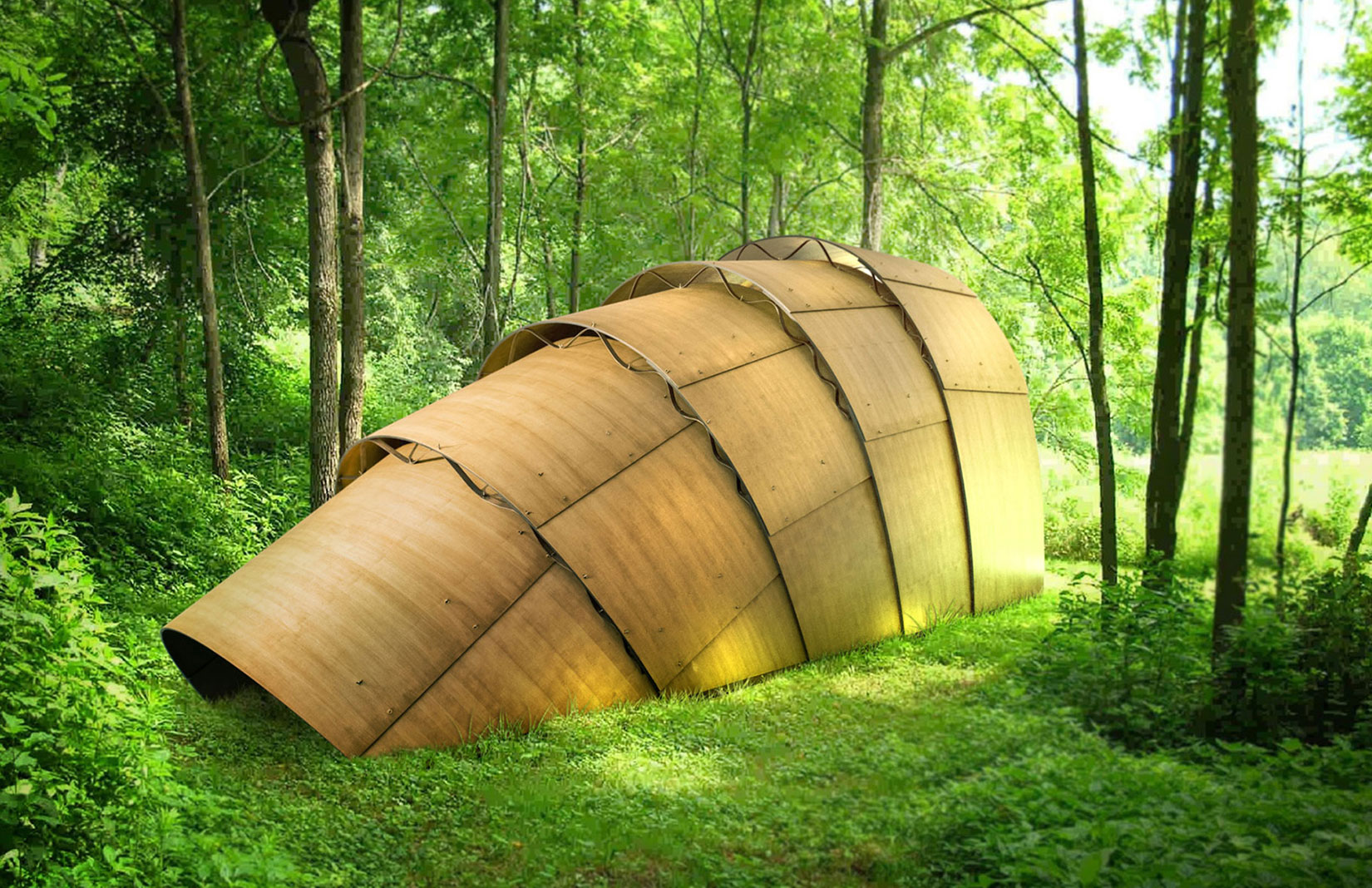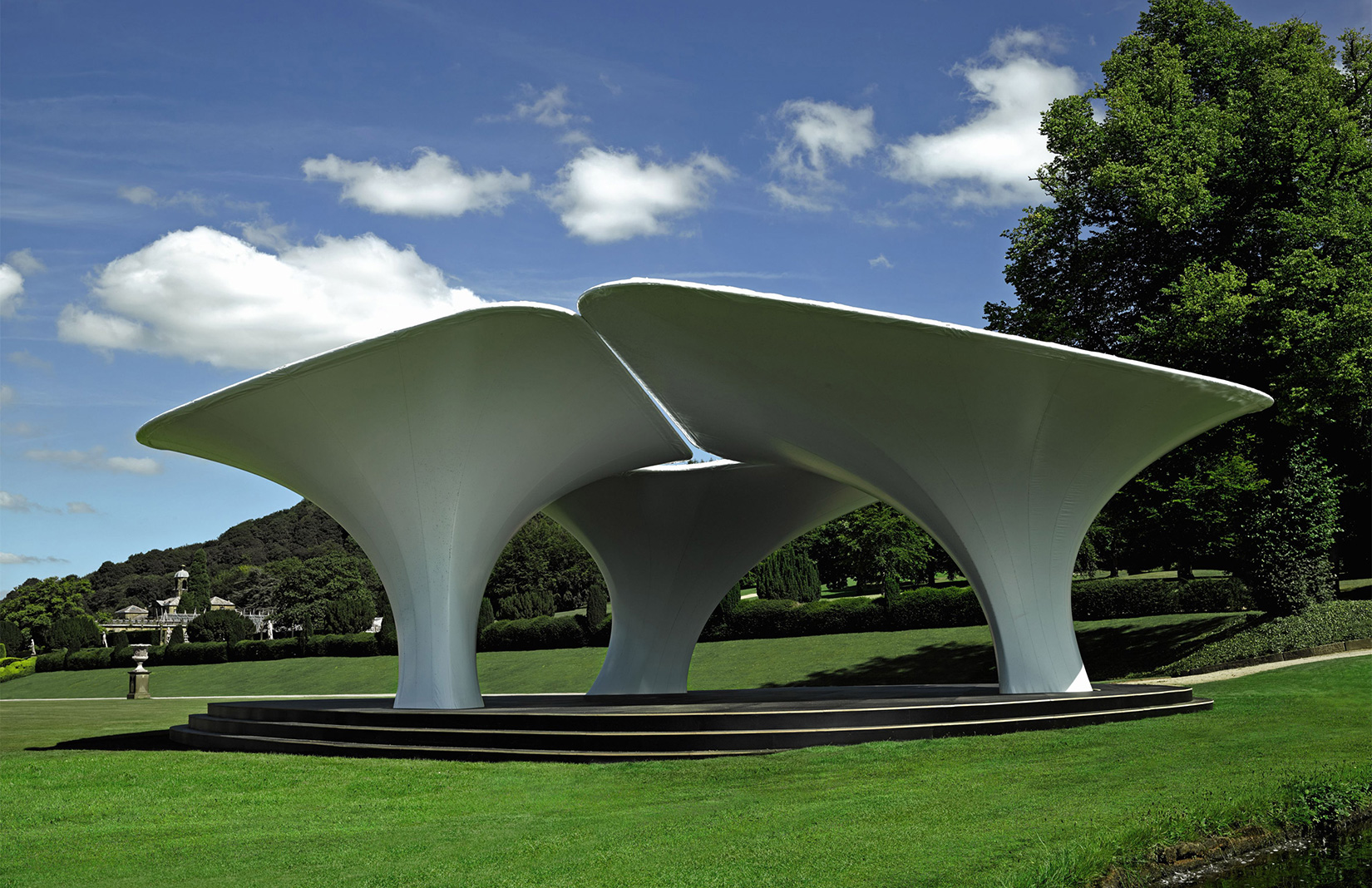
A flurry of architect-designed pavilions have hit the market in the UK this season, from a mushroom-like canopy by Zaha Hadid to a quartet of modern summer houses at London’s Serpentine Gallery. Meanwhile, across the pond, limited-edition structures by some of architecture’s top dogs, including Sou Fujimoto and Ron Arad, are being sold by new company, Revolution Pre-Crafted Properties.
These pavilions are more than just glorified gazebos – if their price tags are anything to go by. Revolution’s designs range from $35,000 to $450,000, while Hadid’s fungal Lilas structure is expected to fetch over £500,000.
So why the sudden surge?
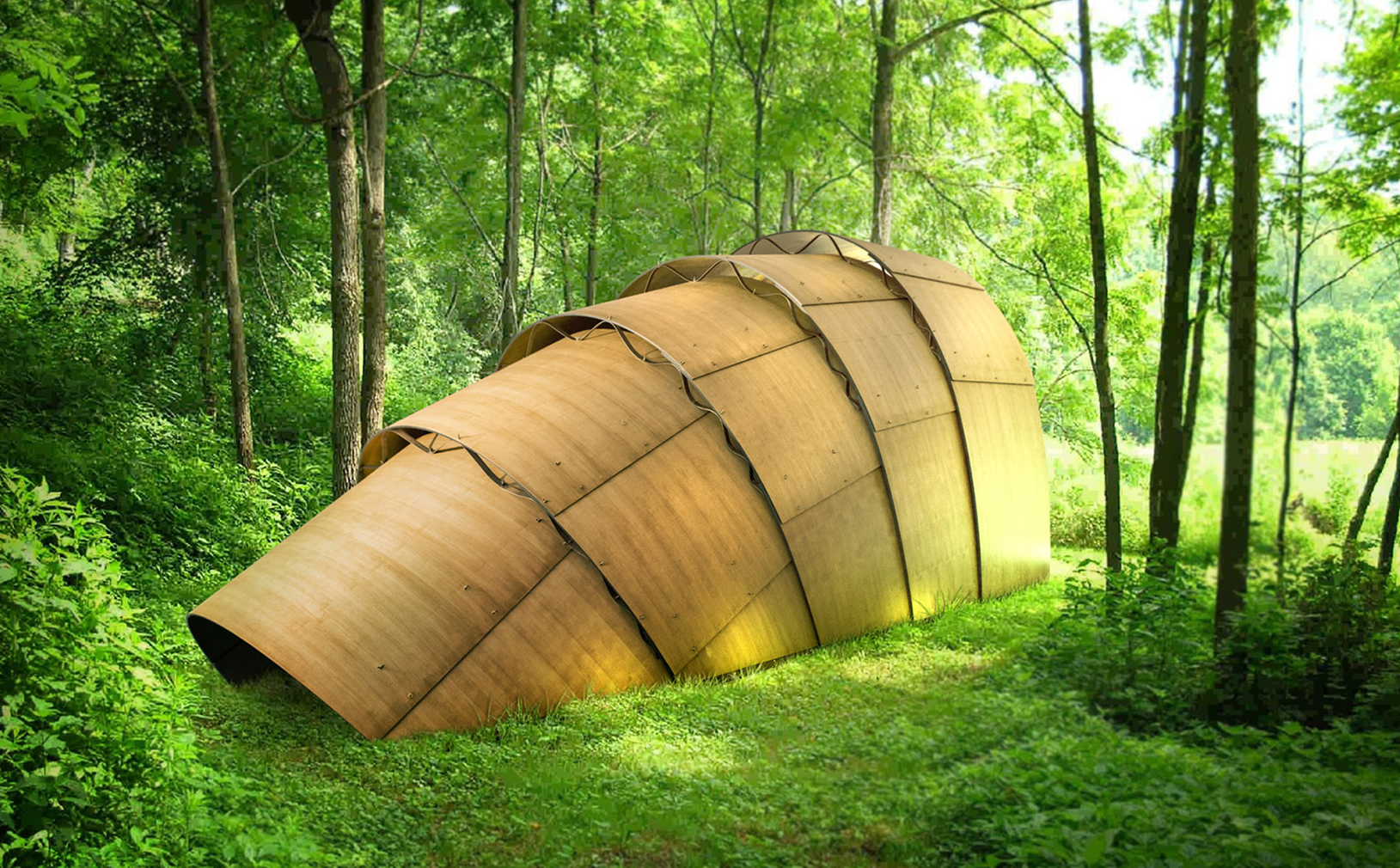
‘It’s a natural progression for collectors to move from outdoor sculptures to summerhouses and pavilions,’ says Simon Stock, senior international specialist at Sotheby’s auction house, which is handling the sale of Lilas. ‘Pavilions offer focal points [to a garden] and areas that inspire and engage with their environment.’
Would-be buyers will require a sizeable ‘environment’ to house one in, of course – akin to the grounds of Chatsworth House, where Lilas now sits ahead of its sale.
Moveable architecture
For those wanting to invest in contemporary architecture without commissioning an entire house, follies are a good entry point, not to mention a moveable one. ‘Pavilions are the obvious way that one can “acquire” architecture and even trade it as an object,’ says Stock. ‘Today name recognition applies to architects as much as it does to artists – and collectors want to own “names”.’
The Serpentine Gallery ups the ante
Enlisting top names has become the speciality of London’s Serpentine Gallery. Since 2000 it has commissioned temporary summer pavilions by all of the big-guns, from Hadid to Herzog & de Meuron. These days they’re often sold before they’ve even been built, with the 2016 design by Bjarke Ingels said to have been snapped up by developer Westbank. But this hasn’t always been the case.
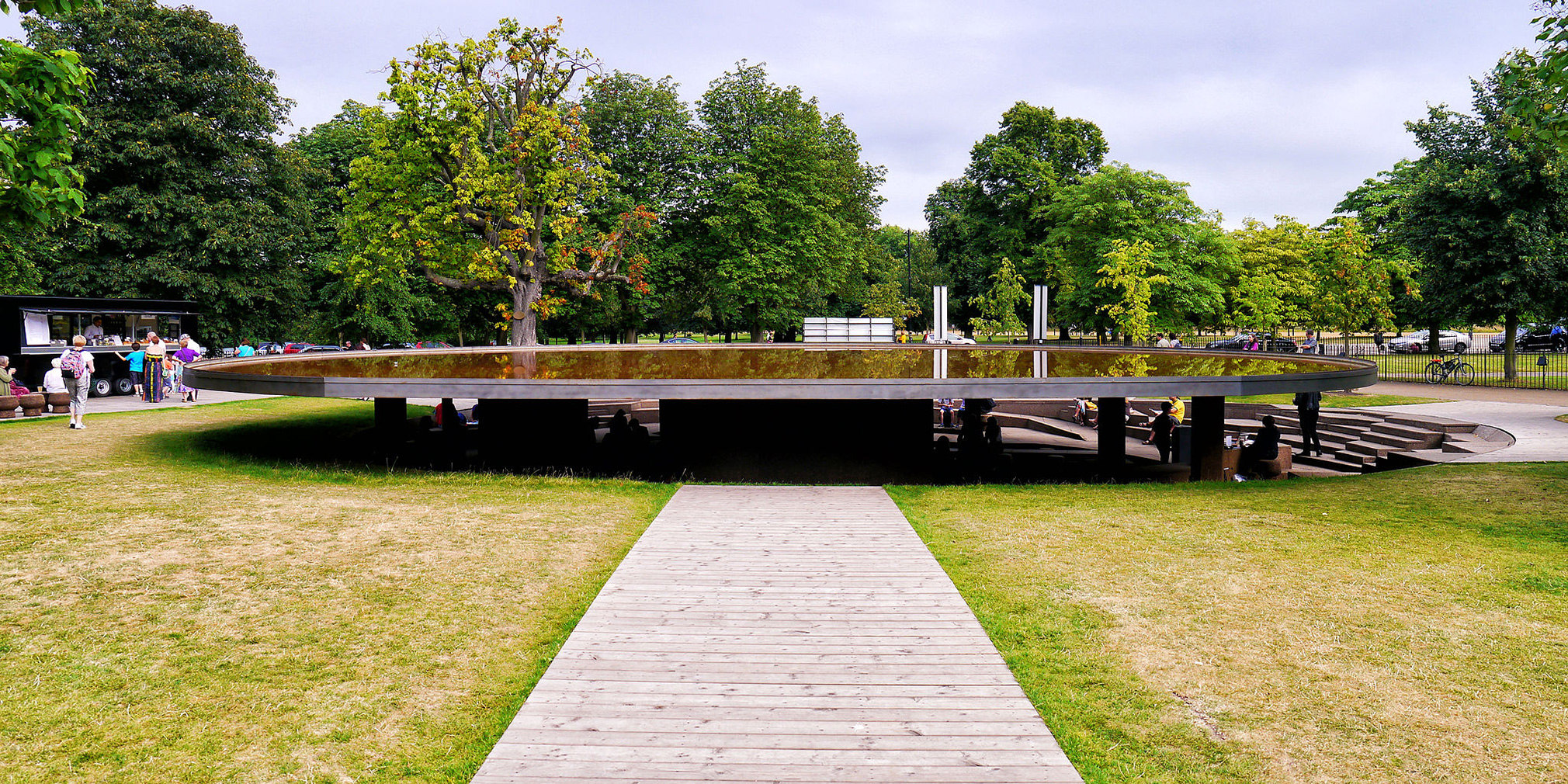
Hadid’s inaugural pavilion for the Serpentine – not to be confused with her 2007 Lilas design – has been languishing in a Cornish theme park for years. Makeshift yellow guttering has been fitted to its origami-like roof to keep the rain off.
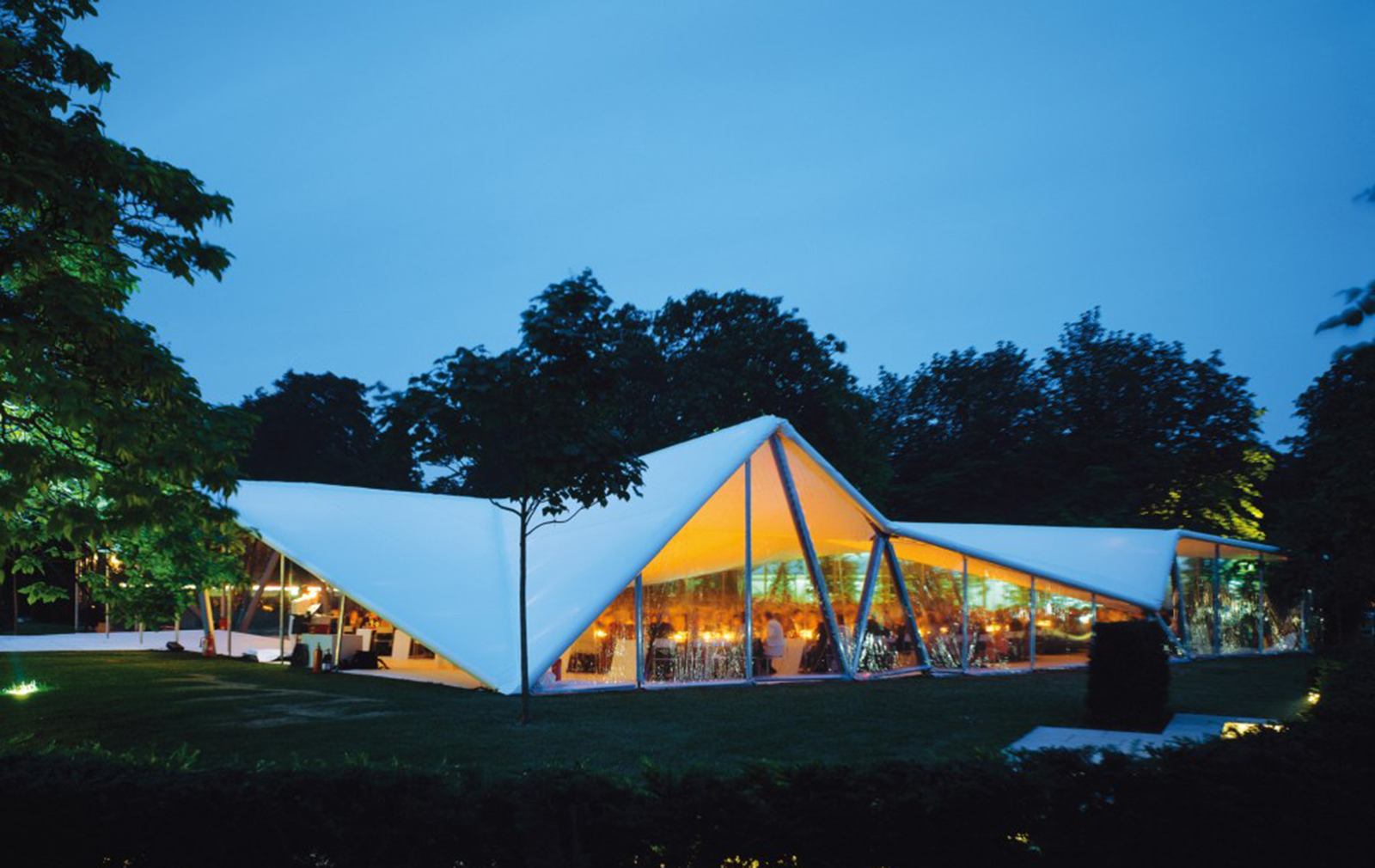
‘It was much cheaper than an off-the-peg marquee, because they wanted to get rid of it,’ Michael Enright, managing director of the theme park, told The Guardian.
Recent commissions have been less troublesome to shift, however. They’ve quickly found favour with individuals keen to add one-off architectural pieces to their collections. Ai Weiwei and Herzog & de Meuron’s 2012 design now inhabits a Surrey estate, while Sou Fujimoto’s 2013 pavilion reportedly sold for £500,000 and Hauser & Wirth gallery bought Smiljan Radic’s 2014 design for £450,000.
Nomadic architecture
This year the Serpentine Gallery capitalised on this growing interest by adding the four architect-designed summer houses to the programme, now being sold through The Modern House for prices upwards of £95,000.
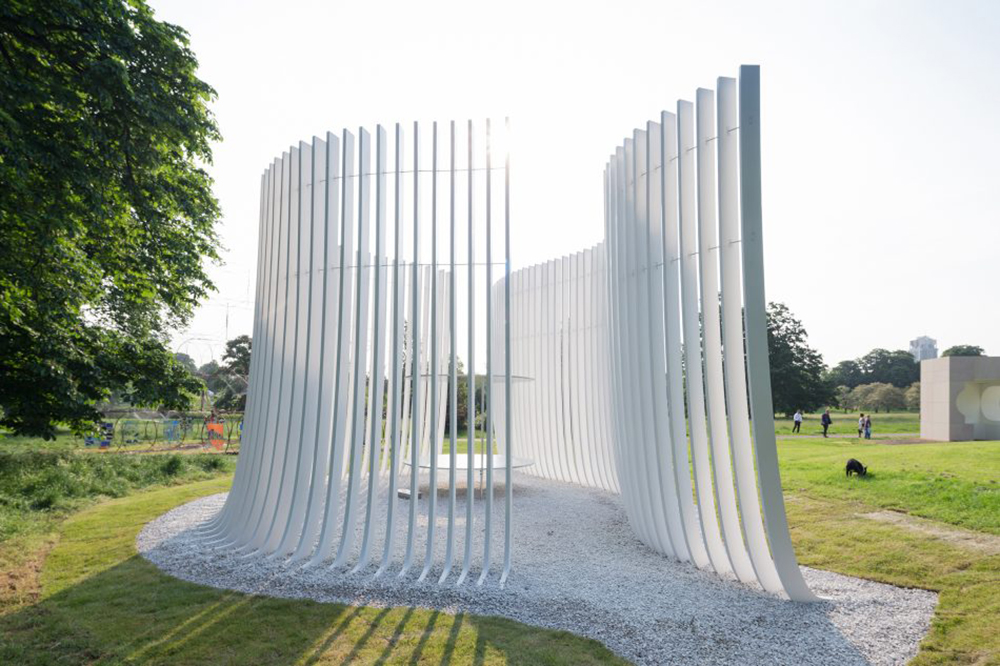
‘They’re a nomadic type of architecture, designed to be moved to a new location where they can take on a new identity in a different environment,’ says Modern House co-founder, Matt Gibberd. ‘For me at least, that makes them uniquely interesting. They represent the point at which the boundaries between art and architecture become blurred.’
The summer houses have yet to find buyers, however.
Revolution pre-crafted pavilions
Over in the US, real estate developer Robbie Antonio has such faith in the collectability of these limited edition structures that he set up Revolution Pre-Crafted Properties – an entire company dedicated to selling pavilions and prefab homes designed by the biggest names in the business.
How about a clam shell-shaped Zaha Hadid dining gazebo for $480,000? Or if you’re looking for a more ‘affordable’ option, what about a Gluckman Tang pavilion – described by Bloomberg as resembling an ‘elaborate bus stop’ – for $130,000?
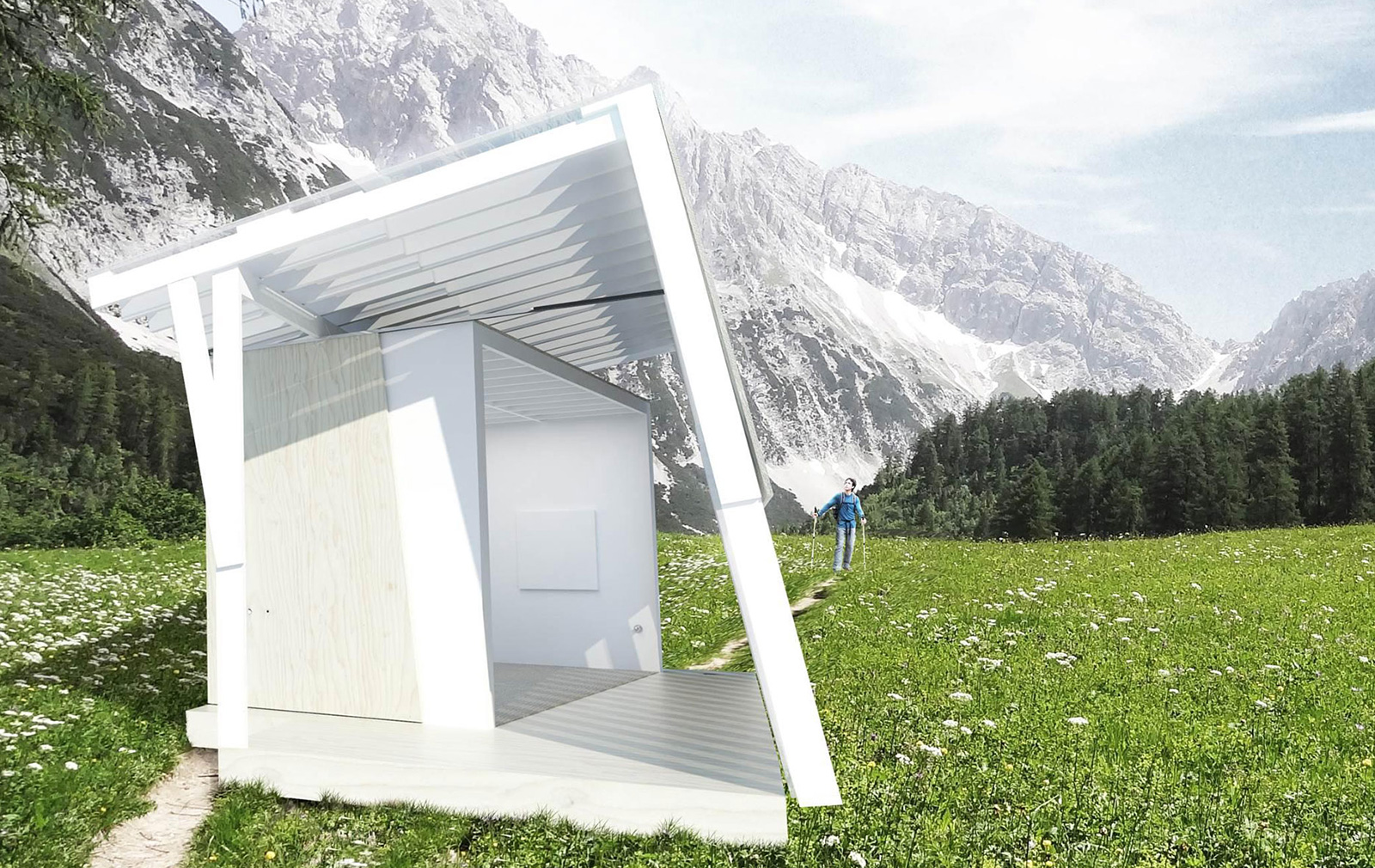
Prouvé classics
If provenance is what you’re after, take a look through the treasures of Paris dealer Patrick Seguin. His gallery has been finding and preserving temporary buildings by Jean Prouvé since the late 1980s, and boasts a 23-strong list of structures, including an office, a school and a filling station.
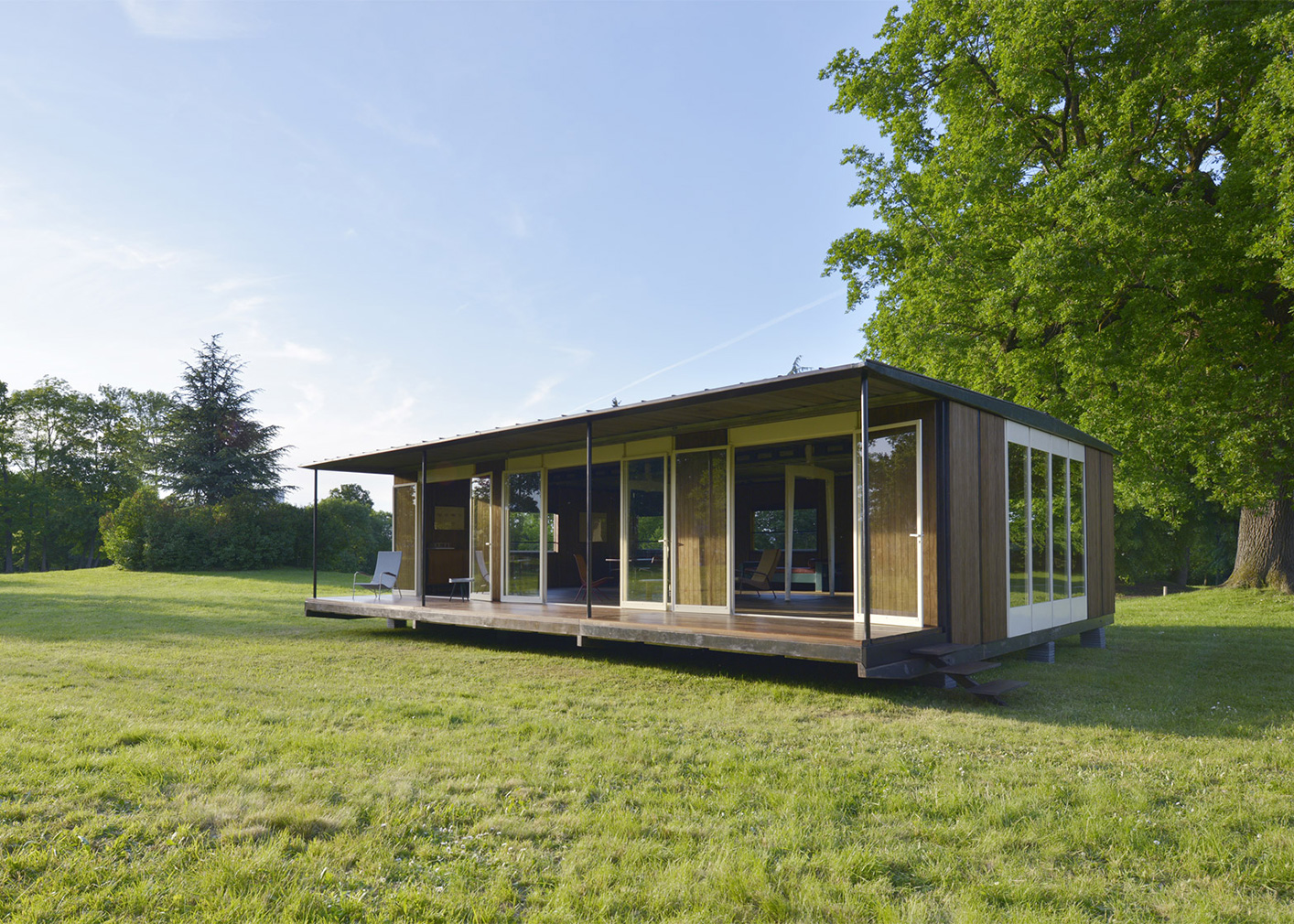
‘These pieces of architecture can be used anywhere, and can be moved depending on the season for instance, because they can be assembled and disassembled so easily,’ says Seguin.
Prouvé designed these structures with function in mind and would have balked at the term ‘pavilion’ or ‘folly’. But his demountable homes – conceived as prefab accommodation for industrial workers, or as post-war housing solutions – have ironically found favour with wealthy collectors who have space to spare. Three years ago the gallery listed Prouvé’s 1945, one-room Maison Démontable 8×8 for $2.5 million.
Casa Démontable 8×8 / Jean Prouvé from JTF on Vimeo.
Fashion designer Azzedine Alaïa sleeps in a Prouvé gas station inside his Paris apartment, while artist Richard Prince has installed one in upstate New York and Miuccia Prada has transported a structure to Italy. Another collector found fresh use for a Prouvé structure as a tea house, while in 2015 fashion label Bally transformed one into a pop-up showroom.
‘Jean Prouvé was truly a genius – he designed houses that could be assembled in a matter of days, that left no trace on the environment, and that were also aesthetically pleasing,’ says Seguin. ‘Demand for the architect’s temporary houses has only grown in recent years, and is sure to be boosted by the increasing rarity of available pieces.’
Supply versus demand
This ‘rarity’ is the key, however. Time will tell whether there’s a big enough pool of collectors to match the current cache of contemporary designs on sale – even if they are one-off pieces. And more pavilions are likely to hit the market soon…
Says Gibberd: ‘Off the back of the Serpentine project, we have been approached by a number of other bodies with pavilions to sell, designed by very well-known architects. Many of these are in storage, and they haven’t found the right conduit for them.’
We’ll be watching closely to see what pops up next.




